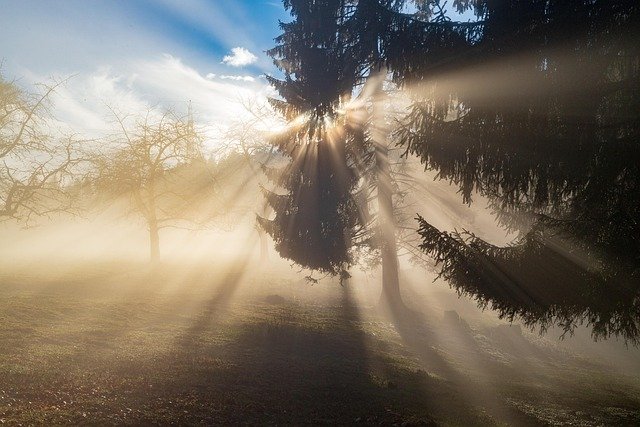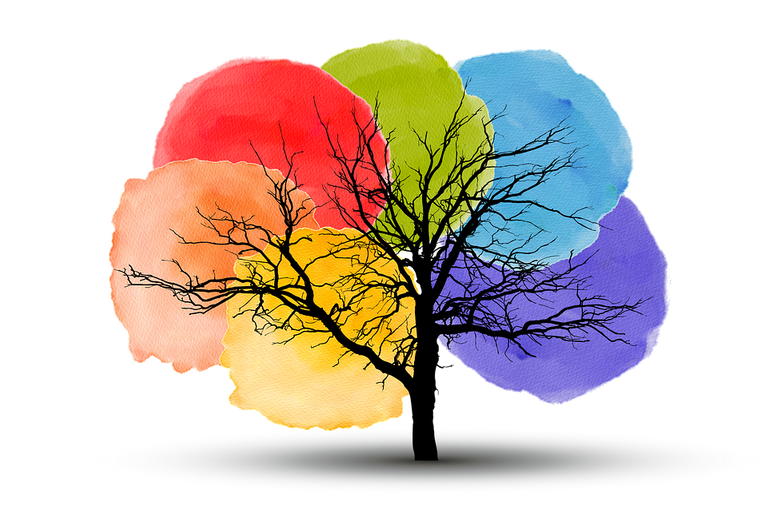**Title: "The Evolution of Storytelling in Video Games

The Secret Lives of Urban Wildlife
Urban environments are often thought of as concrete jungles devoid of nature, but in reality, they are vibrant ecosystems bustling with wildlife. From raccoons rummaging through trash cans to hawks soaring above skyscrapers, urban wildlife has adapted to thrive in our cities. In this post, we’ll explore the fascinating lives of these creatures and how they navigate the challenges of urban living.
The Adaptability of Urban Wildlife
Urban wildlife has shown remarkable adaptability. Species such as pigeons, squirrels, and foxes have learned to exploit the resources available in cities. They’ve developed new behaviors to find food, shelter, and mates in a landscape filled with human-made structures.
Examples of Adaptation:
- Raccoons: Known for their dexterous paws, raccoons have become adept at opening trash bins and scavenging for food.
- Pigeons: Once wild birds, pigeons have thrived in urban settings, feeding on discarded food and nesting on building ledges.
- Coyotes: These cunning predators have made their way into city parks, where they hunt small mammals and even adapt their vocalizations to compete with urban noise.
The Importance of Green Spaces
Green spaces play a crucial role in supporting urban wildlife. Parks, gardens, and green rooftops provide essential habitats for various species. They offer food sources, nesting sites, and safe corridors for animals to move through the city.
Benefits of Green Spaces:
- Biodiversity: Urban parks can support a surprising variety of species, from insects to birds and small mammals.
- Ecosystem Services: Green spaces help improve air quality, reduce heat, and manage stormwater, benefiting both wildlife and humans.
- Community Connection: Parks and gardens foster a connection between residents and nature, promoting awareness and conservation efforts.
Challenges Faced by Urban Wildlife
Despite their adaptability, urban wildlife faces numerous challenges. Habitat loss, pollution, and vehicle collisions are just a few of the threats that can impact their survival.
Key Challenges:
- Habitat Fragmentation: Development often leads to isolated patches of habitat, making it difficult for animals to find mates and food.
- Pollution: Chemicals and waste can harm wildlife, affecting their health and reproduction.
- Human-Wildlife Conflict: As animals venture into urban areas in search of food, conflicts with humans can arise, leading to negative perceptions of wildlife.
How We Can Help
As urban dwellers, we can take steps to support our local wildlife. Here are some simple actions we can take:
- Create Wildlife-Friendly Gardens: Plant native species, provide water sources, and avoid pesticides to attract and support wildlife.
- Reduce Waste: Secure trash bins and compost organic waste to minimize attractants for scavengers.
- Advocate for Green Spaces: Support local initiatives that aim to create and maintain parks and green corridors in urban areas.
Conclusion
The secret lives of urban wildlife are rich and complex, revealing just how resilient these creatures can be. By understanding and appreciating the wildlife around us, we can foster a more harmonious coexistence and ensure that our cities remain vibrant ecosystems for generations to come.
Feel free to share your own experiences with urban wildlife in the comments below! What animals have you spotted in your city? 🦉🌳🌆

All images are taken from the Pixabay.com